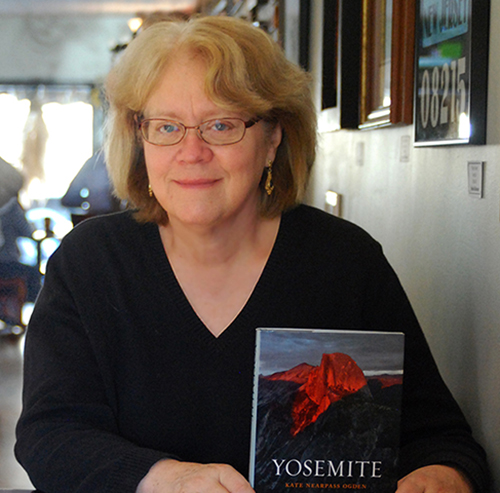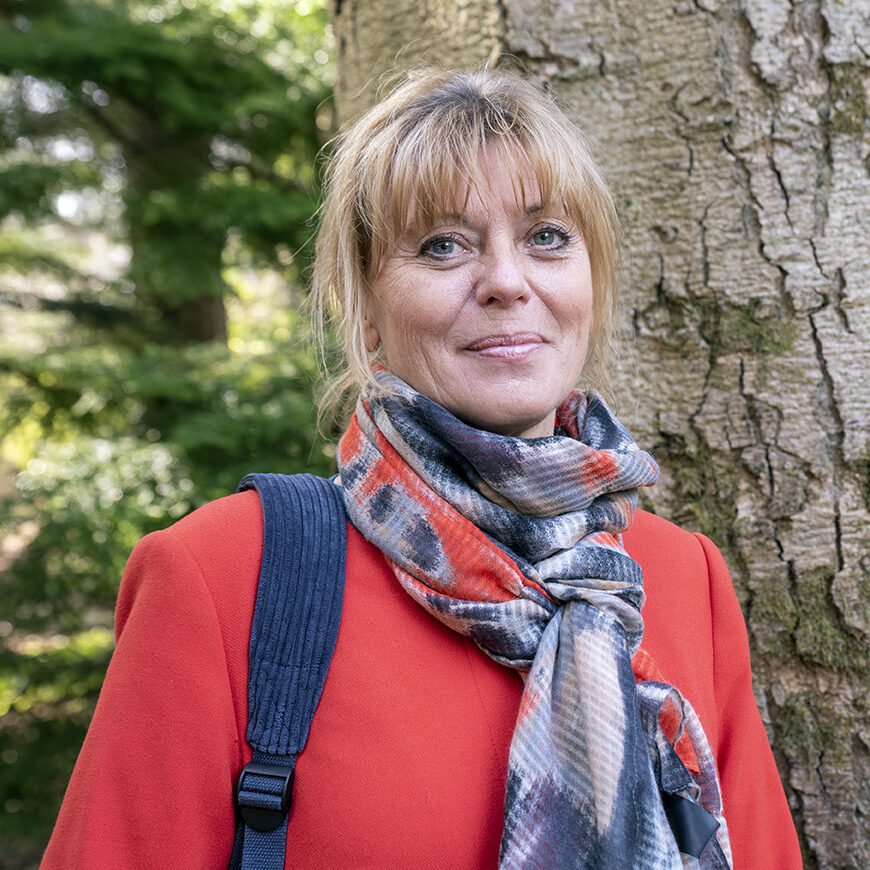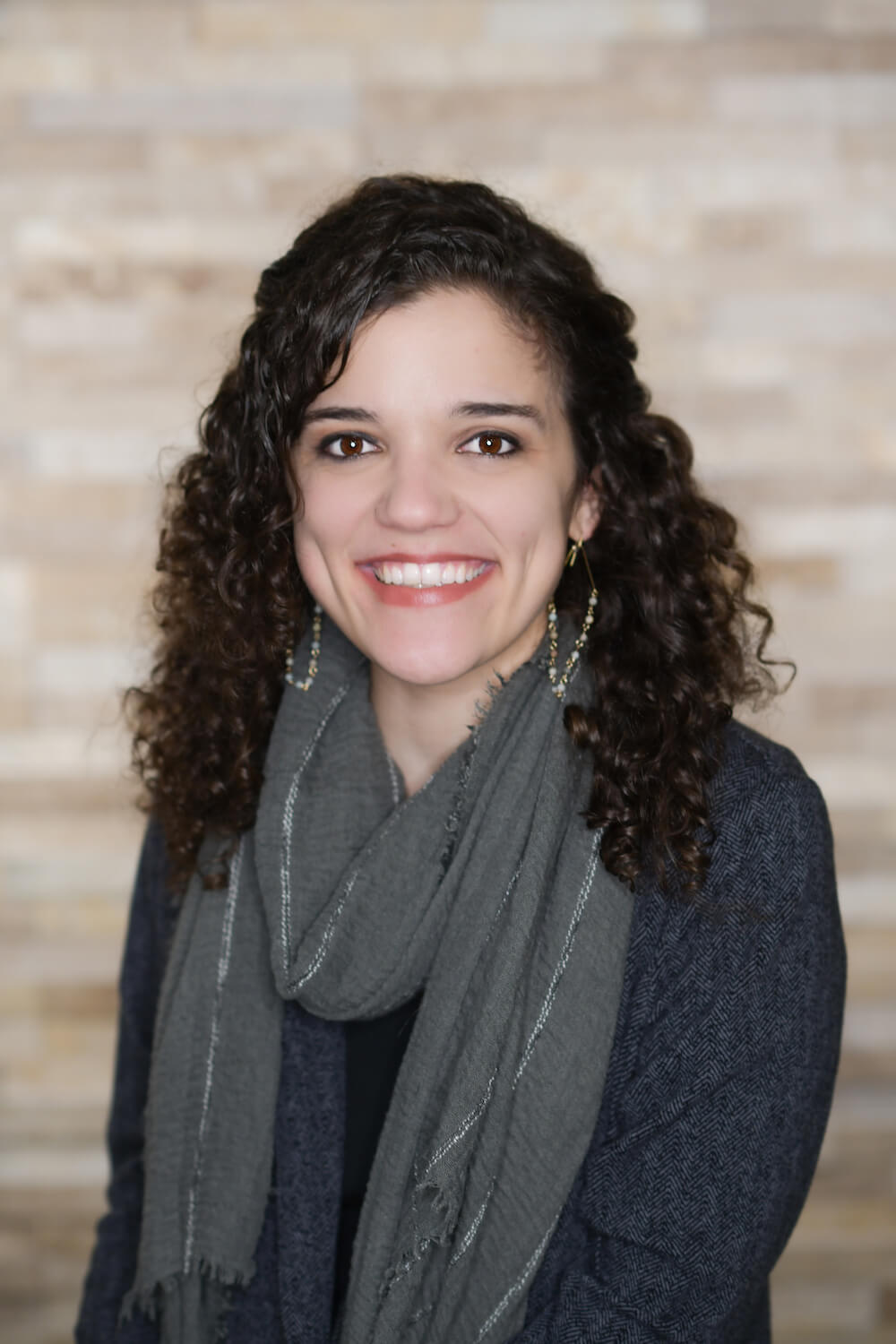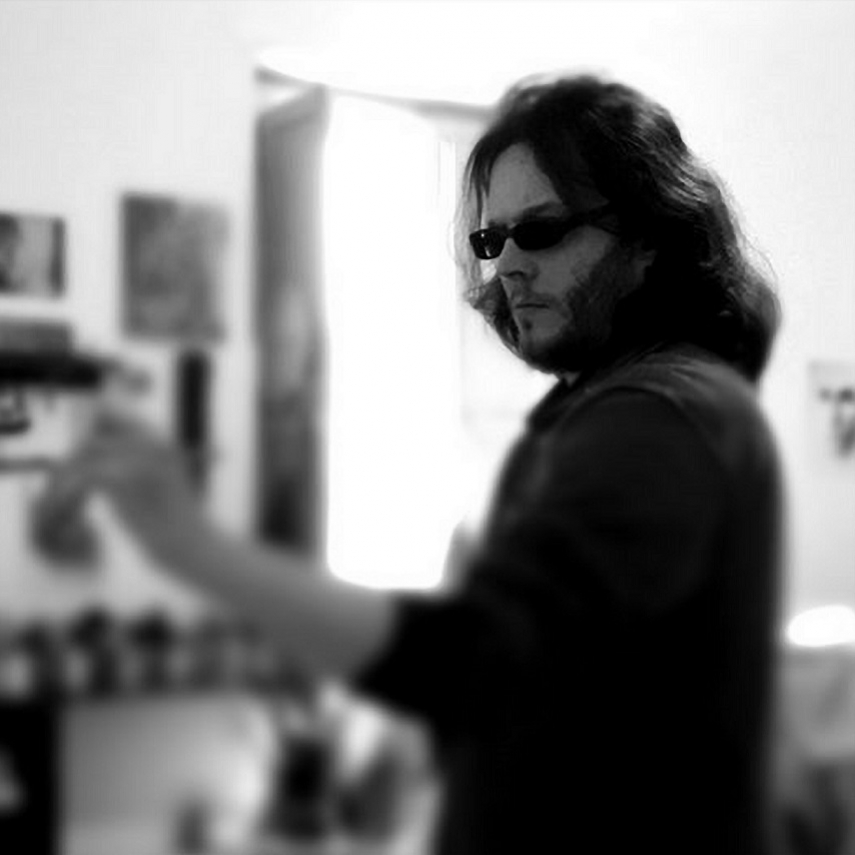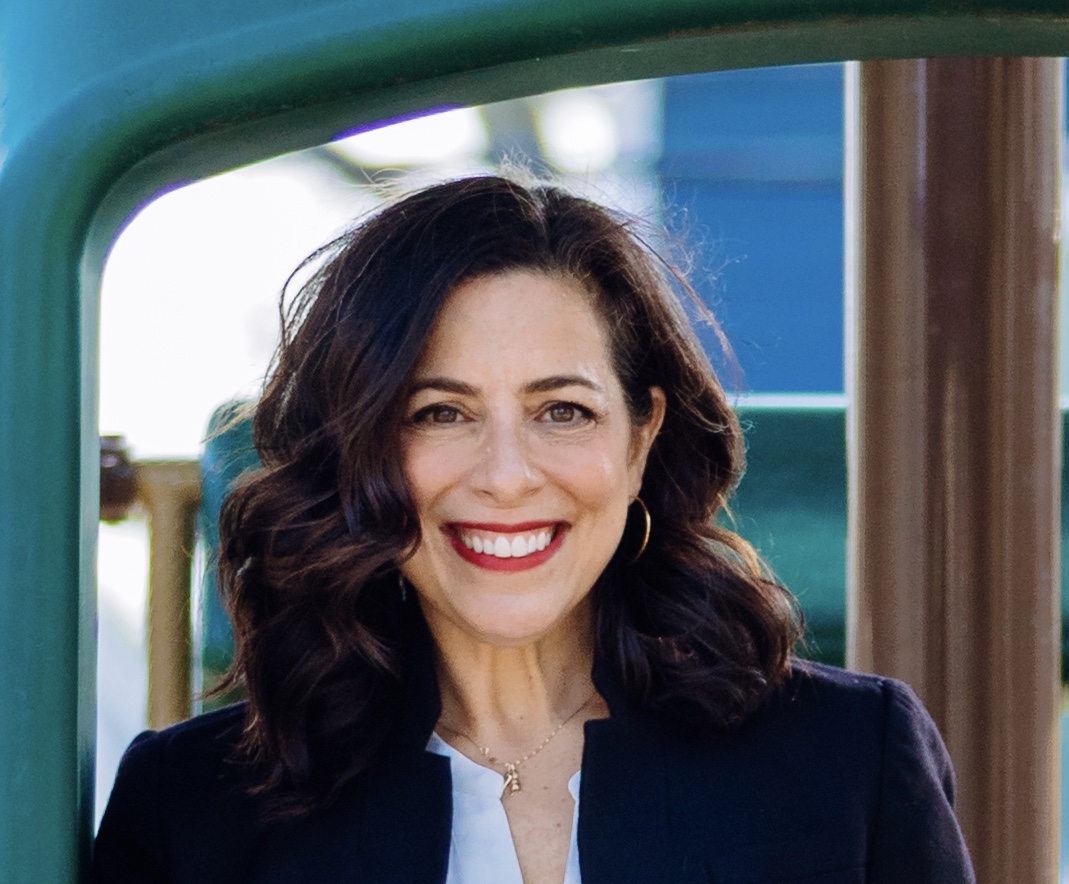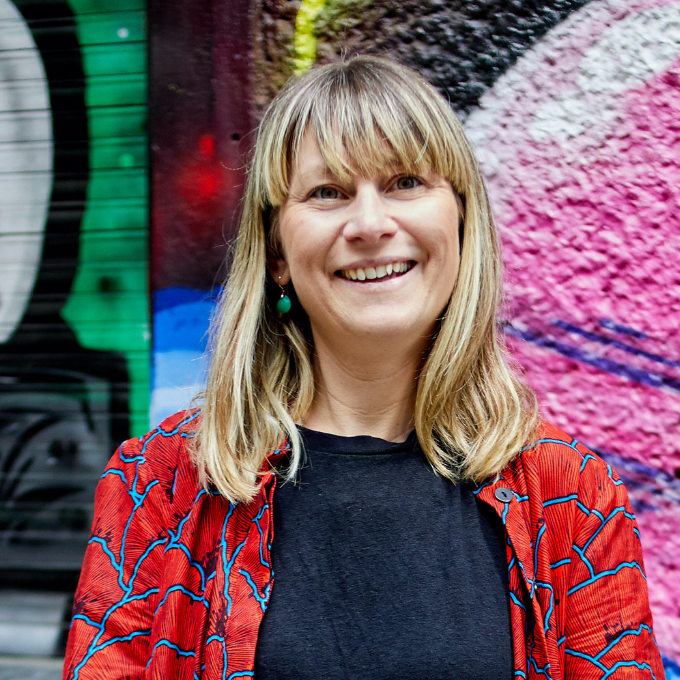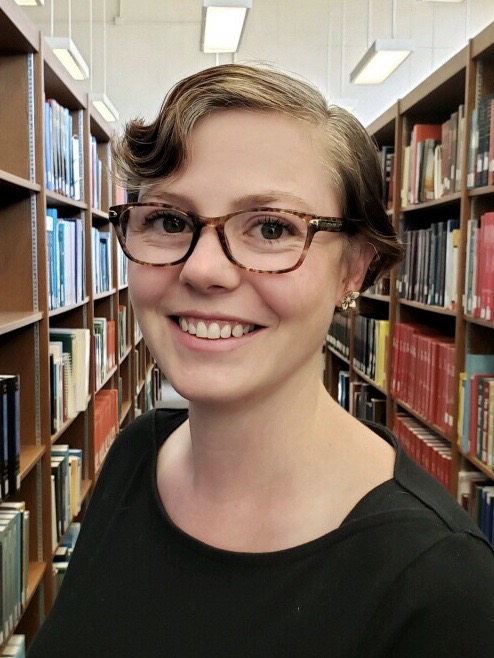
Dr. T.J. Thomson, 2023 winner of the International Visual Literacy Association’s (IVLA) Distinguished Research Award
Senior Lecturer (Associate Professor), RMIT University
Field of Study: Visual Communication and Digital Media
Member Since: 2022
What does your work involve and how does it intersect with visual literacy?
My work explores the visual dimensions of news—from how press photographs are made and regarded by audiences to how YouTube thumbnails of newsworthy events are designed. My work also explores everyday image-making and sharing. Visual literacy is key to being able to analyse and evaluate these multi-modal forms.
How did you become interested in visual literacy?
I’ve long enjoyed the visual arts but got better at making them working as a designer and visual journalist. This led to my research interests in these areas and how audiences perceive and regard visual communication.
What are you currently working on (feel free to describe a typical day!)?
I spent two months in Europe in 2023 interviewing photo editors or equivalent about how they perceive and/or use generative visual AI in their news organisations. I’m scheduled to spend another three months in Europe in 2024 trying to better understand how audiences regard the place of generative visual AI within news organizations.
What does the term ‘visual literacy’ mean to you?
I adopt a two-pronged understanding of visual literacy. The first prong is the ability to make visual messages or experiences and execute an intended vision. The second prong is the ability to engage with visual messages and experiences and to interrogate them through various lenses or approaches to uncover their operative, aesthetic, or meaning-making potentials.
What are you currently reading/writing/watching/listening to and/or curious about?
I’m curious about what “quality” means to image-makers without professional training.
How can we find out more about you? (Feel free to include anything here (websites, social media links, etc.)
You can find my various profiles, public writings, and scholarly outputs here.
Selected Publications:
- Thomson, T. J. & Thomas, R. (Accepted). Generative visual AI in newsrooms: Considerations related to production, presentation, and audience interpretation and impact. Journalistik.
- Thomson, T. J. & Bock, M. (2023). Designing the visual gateways into crime news: A comparison of thumbnails from journalists and non-journalists. Journalism Practice. 3.
- Thomson, T. J. & Uddin, S. (2023). Contemporary ways of seeing: Exploring how smartphone cameras shape visual culture and literacy. Journal of Visual Literacy.
- Thomas, R. J. & Thomson, T. J. (2023). What Does a Journalist Look Like? Visualizing Journalistic Roles Through AI. Digital Journalism.
- Thomson, T. J., Phan, A., Holland-Batt, S., Seevinck, J., & Miller, E., & Regi, S. (2023). Who or What Gets Quoted by Whom, How Often, and in Which Ways? Exploring Journalists’ Sourcing Practices in the Context of Aged Care Coverage. Journalism Practice.
- Thomson, T. J., & Sternberg, J. (2023). Using Course Management Software and Videoconferencing. In S. Keith & R. Cozma (Eds.), Teaching Journalism Online: The World Journalism Education Council and UNESCO.
- Rossiter, E., Thomson, T. J., & Fitzgerald, R. (2022). Supporting university students’ learning across time and space: A from-scratch, personalised, and mobile-friendly approach. Interactive Technology and Smart Education.
- Thomson, T. J., Johnson, S., Seevinck, J., Holland-Batt, S., & Miller, E. (2022). It’s not enough to be seen: Exploring how journalists show aged care in Australia from 2018-2021. Communication Research and Practice.
- Thomson, T. J., Miller, E., Holland-Batt, S. Seevinck, J, and Regi, S. (2022). Visibility and invisibility in the aged care sector: Visual representation in Australian news from 2018-2021. Media International Australia.
- Thomson, T. J., McLaughlin, J., & King-Smith, L. (2022). Indigenous Knowledges and Perspectives in University Journalism Education: Exploring experiences, challenges, and opportunities. Australian Journalism Review.
- Thomson, T. J. (2021). International, innovative, multi-modal, and representative? The geographies, methods, modes, and aims present in two visual communication journals. Visual Communication.
- Thomson, T. J. (2021). Reflections on 25 years of Visual Communication Quarterly. Visual Communication Quarterly.
- Thomson, T. J., Thomas, G. & Irvine, L. (2021). Conceptualising communication: A survey of introduction to communication university units. Communication Research and Practice.
- Thomson, T. J. & Sternberg, J. (2021). Journalism employability in the modern newsroom: Insights from applicant resumes and cover letters. Journalism & Mass Communication Educator.
- Dootson, P., Thomson, T. J., & Angus, D. (2021). Managing problematic visual media in natural hazard emergencies. International Journal of Disaster Risk Reduction.
- Thomson, T. J. (2021). Picturing Disaster at Home and Abroad: A Comparative Visual Analysis of Icons and News Values During Disaster. Media International Australia.
- Thomson, T. J. (2021). Exploring the life cycle of smartphone images from camera rolls to social media platforms. Visual Communication Quarterly.
- Thomson, T. J., Angus, D., Dootson, P., Hurcombe, E., & Smith, A. (2020). Visual mis/disinformation in journalism and public communications: Current verification practices, challenges, and future opportunities. Journalism Practice.
- Thomson, T. J. (2020). Pride in America’s Heartland: A visual exploration of queer life in the rural midwest. Visual Communication Quarterly.
- Thomson, T. J. & Greenwood, K. (2020). Profile Pictures Across Platforms: How identity visually manifests itself among social media accounts. In The Handbook of Visual Communication: Theory, Methods, and Media (2nd ed). Josephson, S. & Kelly, J. (eds). London: Routledge.
- Greenwood, K., & Thomson, T. J. (2019). Framing the Migration: A study of news photographs of people fleeing war and persecution. International Communication Gazette.
- Thomson, T. J. (2019). To see and be seen: The Environments, Interactions, and Identities Behind News Images. London & New York: Rowman & Littlefield.
- Thomson, T. J. (2019). In Front of the Lens: The Expectations, Experiences, and Reactions of Visual Journalism’s Subjects. Journalism & Communication Monographs.
- T. J. Thomson, (2018). Mapping the emotional labor and work of visual journalism. Journalism.
- Thomson, T. J. (2018). The evolution of story: How time and modality affect visual and verbal narratives. Visual Communication Quarterly.
- Koegler, E., Thomson, T. J., Speno, A., & Teti, M. (2018). Image-Sharing via Social Media: Reflections from an Ethnically- and Age-Diverse Sample of People Living with HIV in the Midwest. Journal of HIV/AIDS & Social Services.
- Thomson, T. J. (2018). From the closet to the beach: A photographer’s view of gay life on Fire Island from 1975-83. Visual Communication Quarterly.
- Thomson, T. J. & Greenwood, K. (2017). I “Like” That: Exploring the Characteristics That Promote Social Media Engagement with News Photographs. Visual Communication Quarterly.
- Thomson, T. J., Perreault, G., & Duffy, M. (2017). Politicians, Photographers, and a Pope: How state-controlled and independent media covered Francis’s 2015 Cuba visit. Journalism Studies, 1-18.
- Thomson, T. J., & Greenwood, K. (2017). Beyond Framing: Influences of subject–photographer interactions on visual journalism. Journalism Practice, 11(5), 625-644.
- Thomson, T. J. (2016). Black, White, and a Whole Lot of Gray: How White Photojournalists Covered Race During the 2015 Protests at Mizzou. Visual Communication Quarterly, 23(4), 223-233. 32. Thomson, T. J. (2016). Freelance Photojournalists and Photo Editors: Learning and adapting in a (mostly faceless) virtual world. Journalism Studies, 1-21. doi:10.1080/1461670X.2016.1215851


